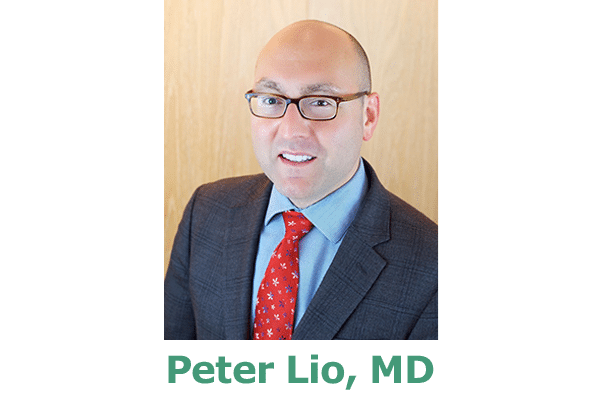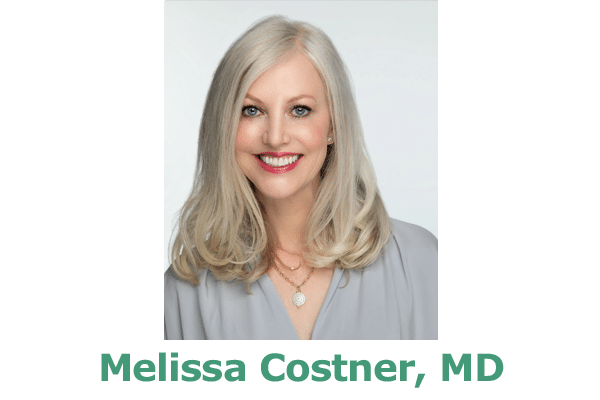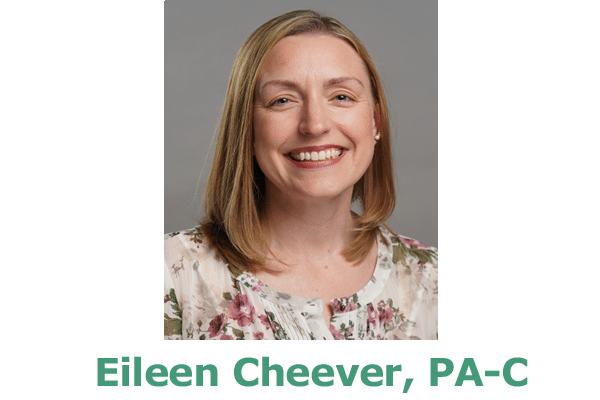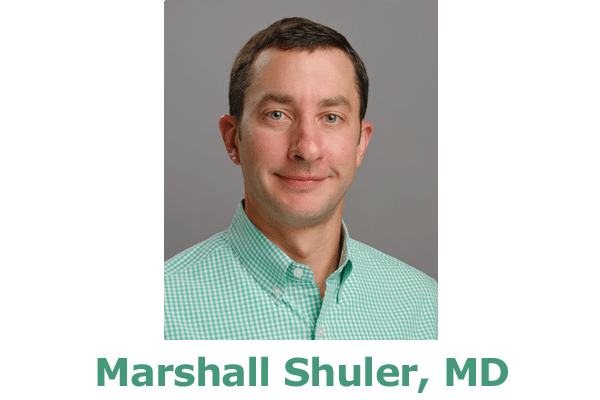Diagnosing and Assessing Prurigo Nodularis (PN) and a Treatment Option for Appropriate PN Patients 18+ Years of Age
by Peter Lio, MD
Virtual (Zoom)
Learn more about the clinical presentation and diagnostic workup of prurigo nodularis (PN) and a treatment option that may help appropriate patients.
The Many Faces of Type 2 Inflammation: Unraveling Its Role Across Dermatologic Conditions and a Treatment Option for Appropriate Patients
by Melissa Costner, MD
Virtual (Zoom)
Learn more about how Type 2 inflammation contributes to the clinical manifestations of atopic dermatitis (AD), prurigo nodularis (PN), and chronic spontaneous urticaria (CSU); which cytokines play key roles in driving this activity; and a treatment option that may help appropriate patients with certain skin diseases driven in part by Type 2 inflammation.
The Many Faces of Type 2 Inflammation: Unraveling Its Role Across Dermatologic Conditions and a Treatment Option for Appropriate Patients
by George Han, MD
Virtual (Zoom)
Learn more about how Type 2 inflammation contributes to the clinical manifestations of atopic dermatitis (AD), prurigo nodularis (PN), and chronic spontaneous urticaria (CSU); which cytokines play key roles in driving this activity; and a treatment option that may help appropriate patients with certain skin diseases driven in part by Type 2 inflammation.
Beneath the Itch: The Role of Type 2 Inflammation and a Treatment Option for Appropriate Patients with Skin Diseases Driven in Part by Type 2 Inflammation
by Kristi Hawley, DO
Virtual (Zoom)
Learn more about itch in patients with atopic dermatitis (AD), prurigo nodularis (PN), and chronic spontaneous urticaria (CSU) and a treatment option that may help appropriate patients with certain skin diseases driven in part by Type 2 inflammation.
Beneath the Itch: The Role of Type 2 Inflammation and a Treatment Option for Appropriate Patients with Skin Diseases Driven in Part by Type 2 Inflammation
by Eileen Cheever, PA-C
Virtual (Zoom)
Learn more about itch in patients with atopic dermatitis (AD), prurigo nodularis (PN), and chronic spontaneous urticaria (CSU) and a treatment option that may help appropriate patients with certain skin diseases driven in part by Type 2 inflammation.
Pearls and Common Challenges for the Diagnosis of Bullous Pemphigoid (BP)
by Daniel Butler, MD
Virtual (Zoom)
Learn more about the diagnosis and assessment of bullous pemphigoid (BP) including clinical manifestations, key laboratory investigations for diagnostic evaluation, consensus-based recommendations and a treatment option for appropriate BP patients.
Understanding the Pathophysiology of Prurigo Nodularis (PN) and a Treatment Option for Appropriate PN Patients 18+ Years of Age
by Gina Mangin, PA-C
Virtual (Zoom)
Learn more about the evolving understanding of the pathophysiology of prurigo nodularis (PN) and a treatment option that may help appropriate patients.
Diagnosing and Assessing Chronic Spontaneous Urticaria (CSU) and a Treatment Option for Appropriate CSU Patients 12+ Years of Age
by Carsten Hamann, MD
Virtual (Zoom)
Learn more about the diagnosis and assessment of chronic spontaneous urticaria (CSU), including its clinical manifestations, diagnostic evaluation, assessment scales, and a treatment option for appropriate CSU patients 12+ years of age.
Exploring the Pathophysiology of Type 2 Inflammation in Chronic Spontaneous Urticaria (CSU) and a Treatment Option for Appropriate CSU Patients 12+ Years of Age
by Marshall Shuler, MD
Virtual (Zoom)
Learn more about the evolving understanding of the pathophysiology of chronic spontaneous urticaria (CSU) and a treatment option that may help appropriate CSU patients 12+ years of age.
Beneath the Itch: The Role of Type 2 Inflammation and a Treatment Option for Appropriate Patients with Skin Diseases Driven in Part by Type 2 Inflammation
by Brian Bonomo, PA-C
Virtual (Zoom)
Learn more about itch in patients with atopic dermatitis (AD), prurigo nodularis (PN), and chronic spontaneous urticaria (CSU) and a treatment option that may help appropriate patients with certain skin diseases driven in part by Type 2 inflammation.










